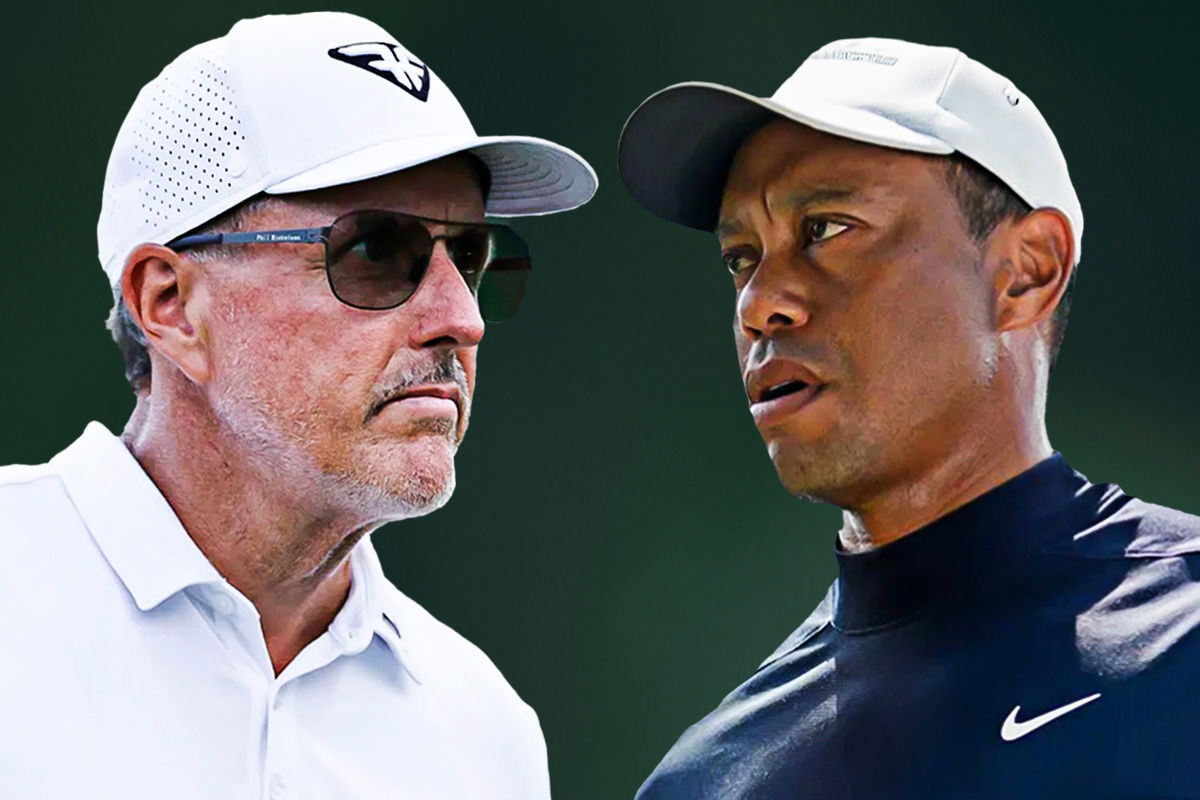

What’s the secret behind Scottie Scheffler‘s seemingly undefeatable swing? His target selection. Once the American locks in on a target, the contact between his club and the ball becomes freer. It’s not every day that you become the best iron player in the world. “…The ability to just, like, hit shots at these very well-placed targets and go at these that are scary shots. He doesn’t bail out like a lot of players do in those situations,” noted Andy Johnson on The Fried Egg Podcast. But as per Jim “Bones” Mackay, there was one other player who swung with the same precision: Tiger Woods.
Watch What’s Trending Now!
Early in his career, Woods also had the same precision, with a touch of aggressiveness and confidence in his swing. Take, for example, his 1997 Masters performance. He had a rocky start with a 40 (+4) on the front nine, but he rebounded spectacularly, finishing 22-under par for the final 63 holes. Or consider the 2019 Open Championship, where he executed a nearly perfect 4-iron on the tricky par-4 14th hole, bouncing multiple times and stopping right in the cup for eagle. These are just a few of the many instances of his aggressive confidence. And while Tiger Woods received praises far and wide for this skill set, Phil Mickelson, on the other hand, had to eat the humble pie for the same.
“…People gave, you know, Phil Mickelson a really hard time back in that era for, you know, overly aggressive play…You know, I thought Tiger was a guy that was, you know, quite a bit more aggressive than people ever gave him credit for,” remarked Mackay on The Fried Egg Podcast, who has been with Mickelson for 25 years as his caddie, during which Mickelson won 5 of his 6 majors.
ADVERTISEMENT
Phil Mickelson—during his PGA Tour days—was often labeled as “overly aggressive” in his play style. This critique stemmed from his tendency to take on risky, high-reward shots, often more frequently than many of his peers, such as Tiger. And though this approach gave him notable successes— like the famous shot from the tree at the 2010 Masters— there were some failures too, fueling the criticism.
⛳️⚡️🔙 Iconic moment between Tiger Woods & Phil Mickelson at East Lake in 2002.
Via: @Skratch
— NUCLR GOLF (@NUCLRGOLF) July 6, 2025
One such infamous moment came during the 2018 US Open. Known to carry a “go-for-broke” style, Mickelson, during the third round, had his ball rolled off the 13th green after a missed putt. In a moment of frustration, he jogged towards the ball and hit it back towards the hole before it could roll further away. His action resulted in a two-stroke penalty, turning his likely bogey into a score of 10 on a par-4 hole. He tied at 48th in the event.
ADVERTISEMENT
“It was meant to take advantage of the rules as best as you can,” he told FOX. Later on, he did apologize to his fans, but by then, the backlash had already hit hard.
Part of the reason why Mickelson ended up on the thorny side of the fans was his behaviour on the course. Woods would generally be stoic, which shielded him from scrutiny, but Mickelson’s theatrics made him an easy target. Another reason was the outcomes. Woods’s bold shots were usually pulled off; Mickelson’s risky shots backfired. Let us look at a few such instances.
ADVERTISEMENT
Top Stories
Pebble Beach Looks Unrecognizable as Harsh Weather Destroys Iconic Golf Course
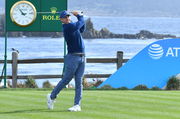
PGA Tour Hands Veteran Pro 1-Year Ban Despite Severed LIV Golf Ties

Phil Mickelson’s LIV Golf Hope Shatters After Akshay Bhatia Decision
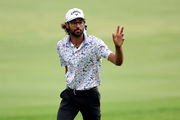
John Daly to Keep Masters Tradition Alive Despite Hooters’ Bankruptcy Shutdown
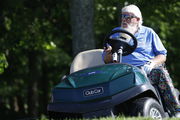
Tiger Woods Finally Answers Nelly Korda & Co.’s Demands With Major LPGA Announcement
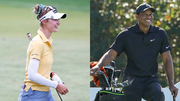
The high-stakes showdown featuring Woods and Mickelson
A classic example of Tiger Woods and Phil Mickelson’s aggressive play, but which resulted in contrasting outcomes, could be the 2005 Ford Championship at Doral. Mickelson entered the final round with a two-shot lead, but Woods fired an exceptional 6-under 66, going 5-under on the par-5s, including a crucial eagle on the 12th hole. This gave him a two-shot advantage. Mickelson wasn’t ready to back down, and he immediately responded aggressively with back-to-back birdies on 13 and 14, tying the lead. The turning point came on the back nine when missed putts on 15 and 16, along with Woods’s clutch birdie on 17, handed him the victory by a single stroke. Mickelson’s final chip on 18 nearly dropped, a reminder of how razor-thin margins define aggressive play.
“I knew I was playing well enough to win. I believe I should have won, certainly could have won. Hope that the next time we play, we both play well again and get in the last group. Because this was fun competing against him,” Mickelson told ESPN after the match.
ADVERTISEMENT
A similar story unfolded at the 2001 Arnold Palmer Invitational. Mickelson charged from behind with a bogey-free 66, only to see Woods respond under pressure and secure a one-stroke win. These duels highlight the key difference: while both players embrace bold, high-risk strategies, Woods’s execution more often resulted in successes.
ADVERTISEMENT
ADVERTISEMENT
ADVERTISEMENT

